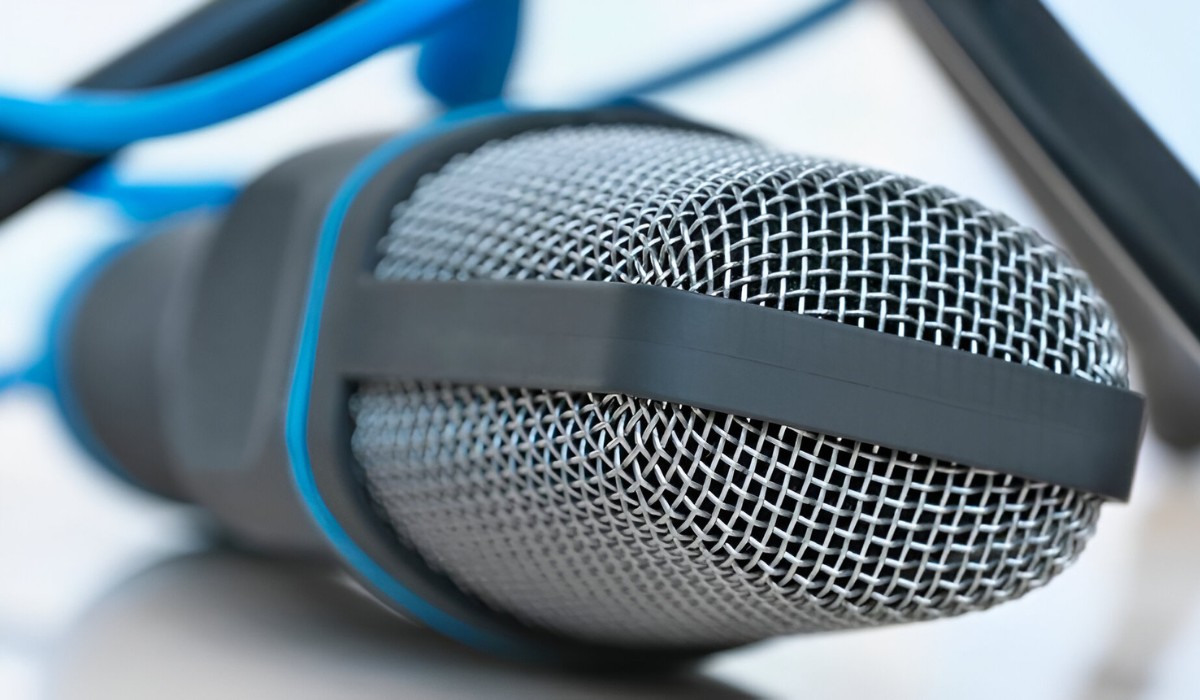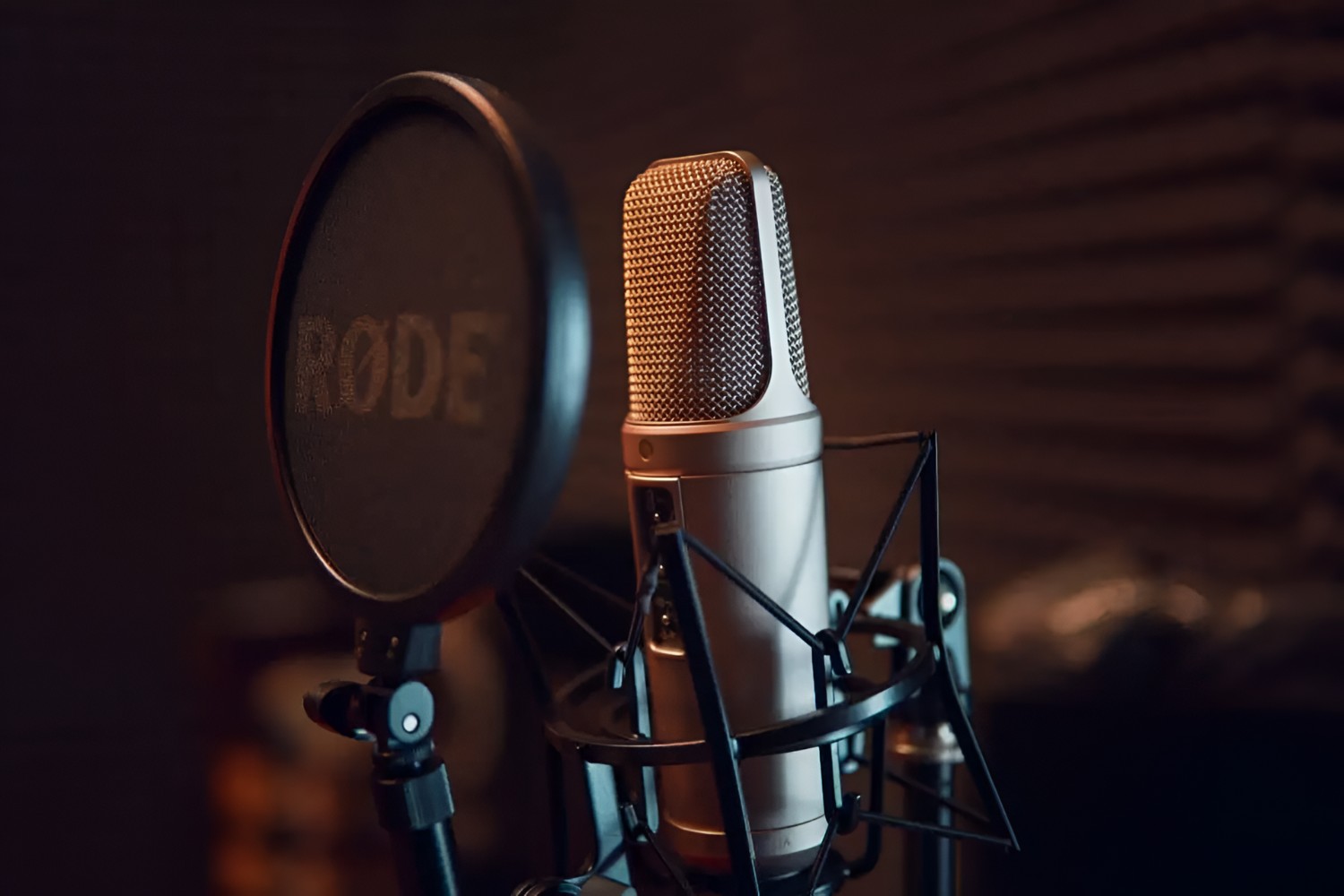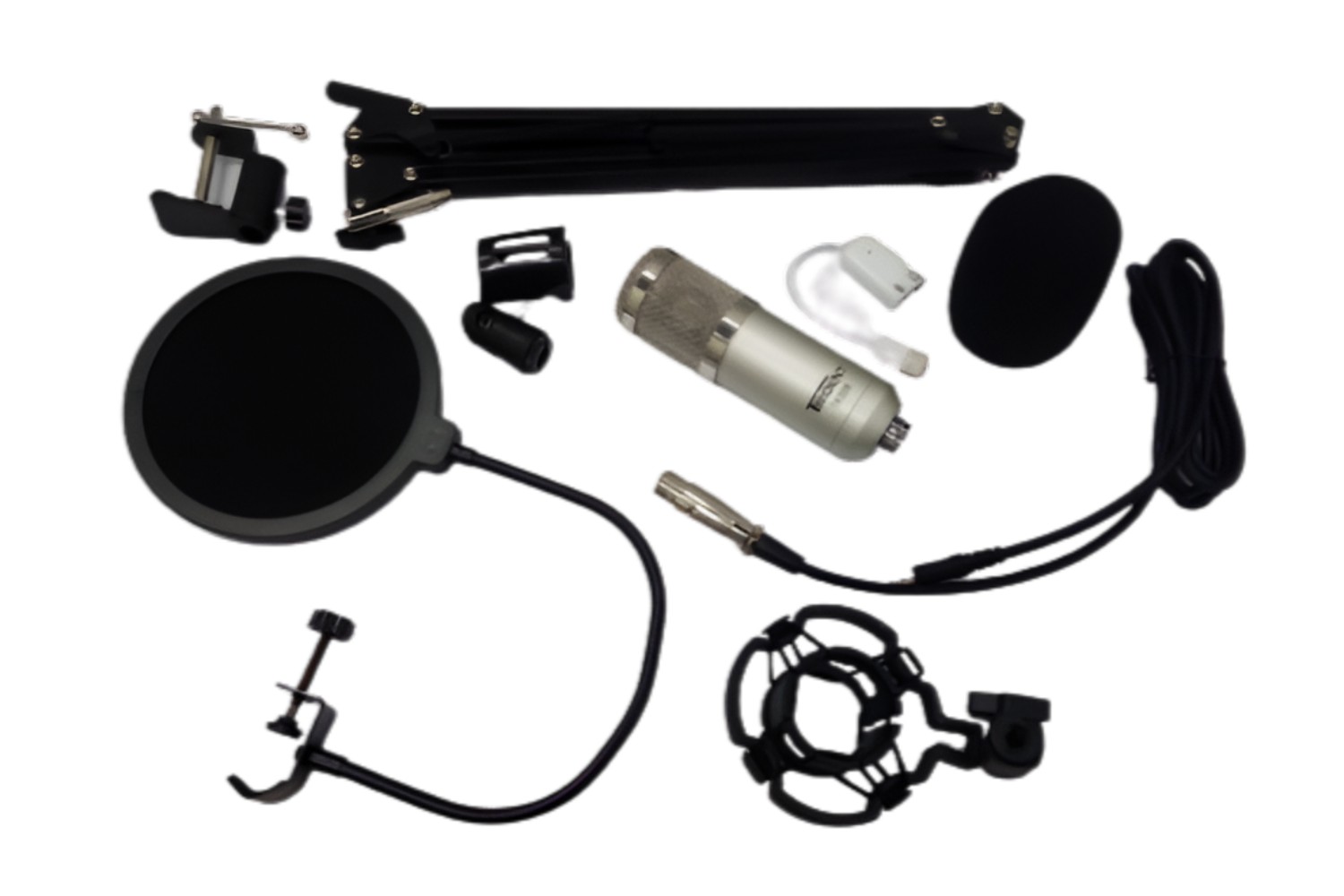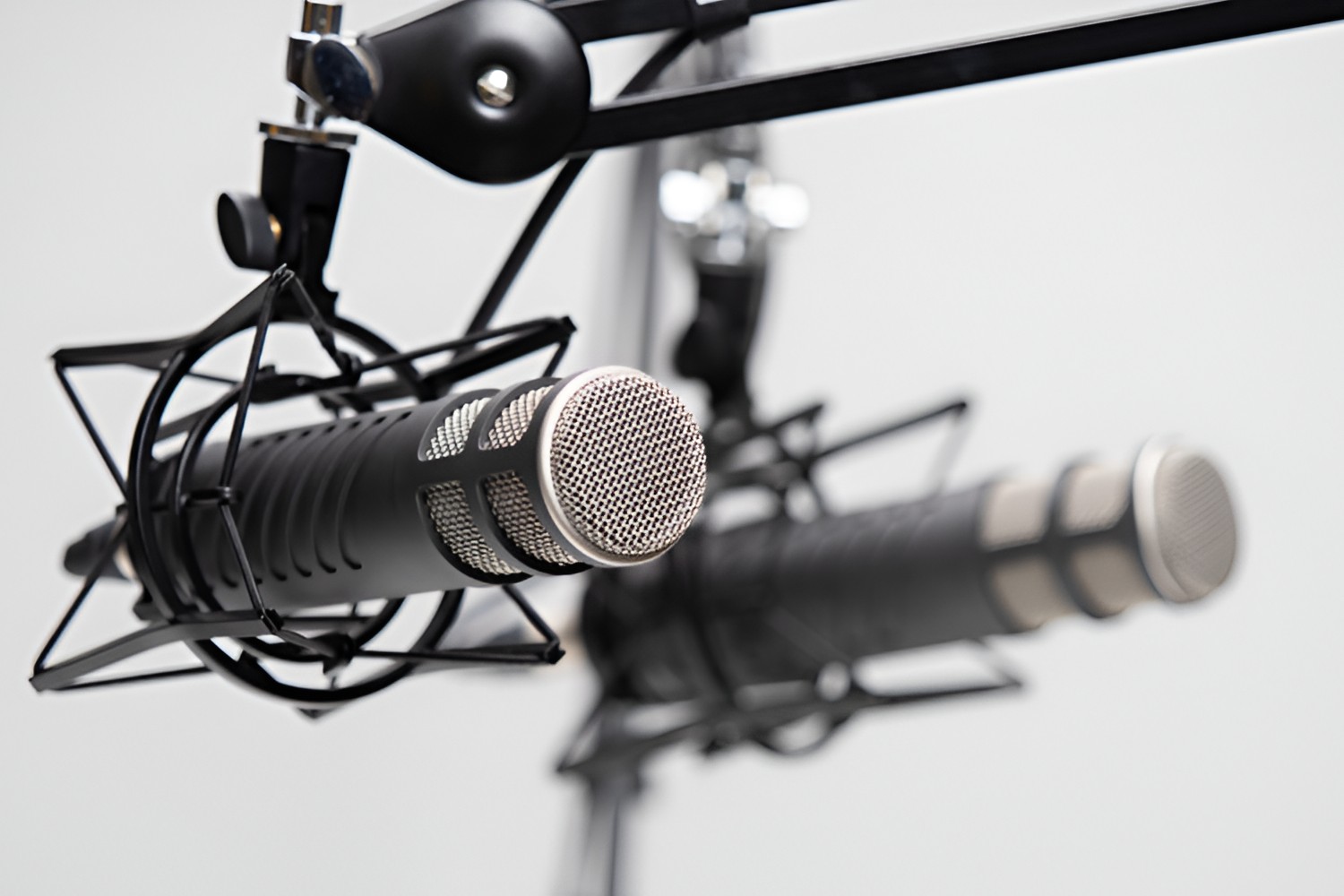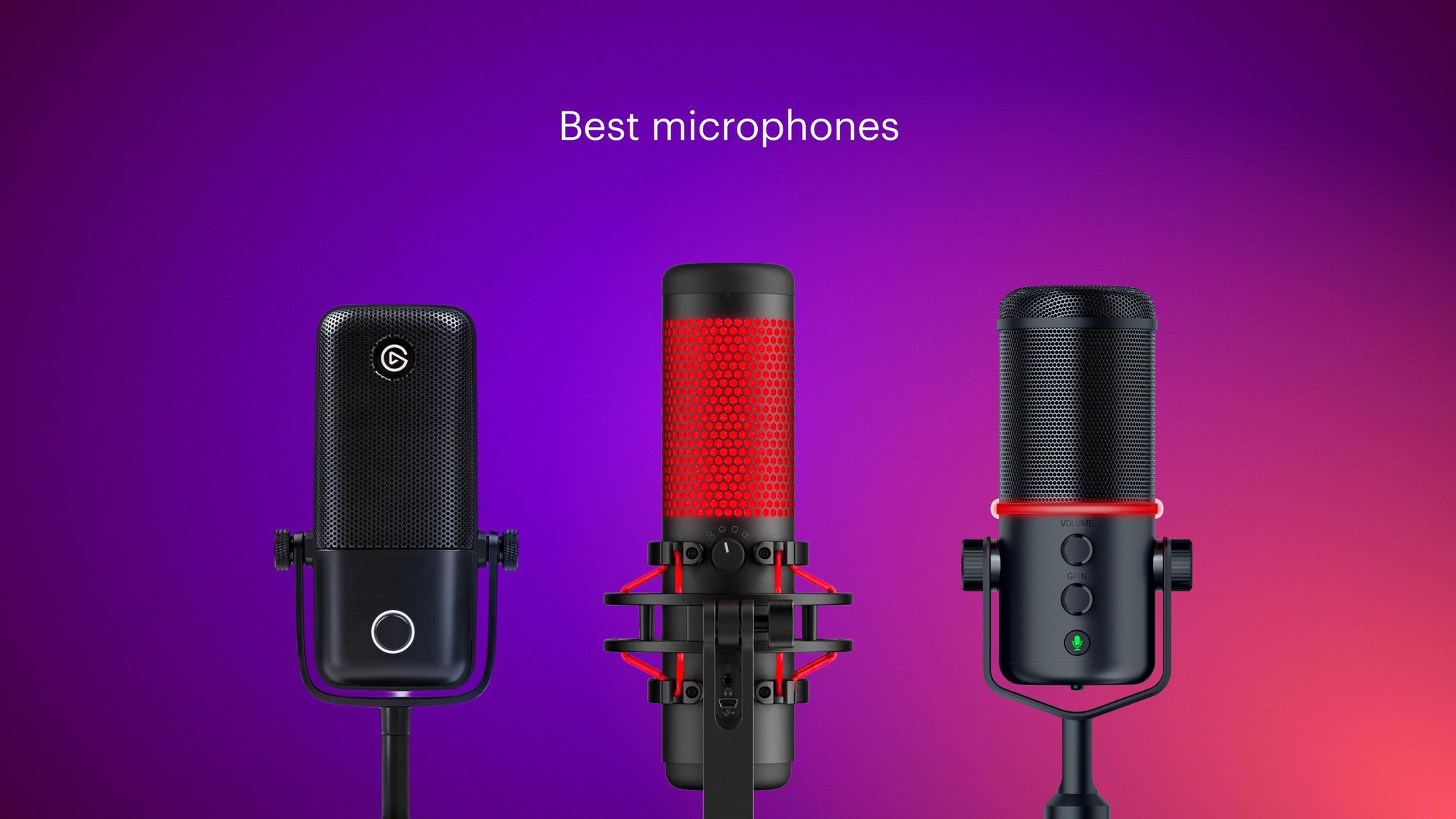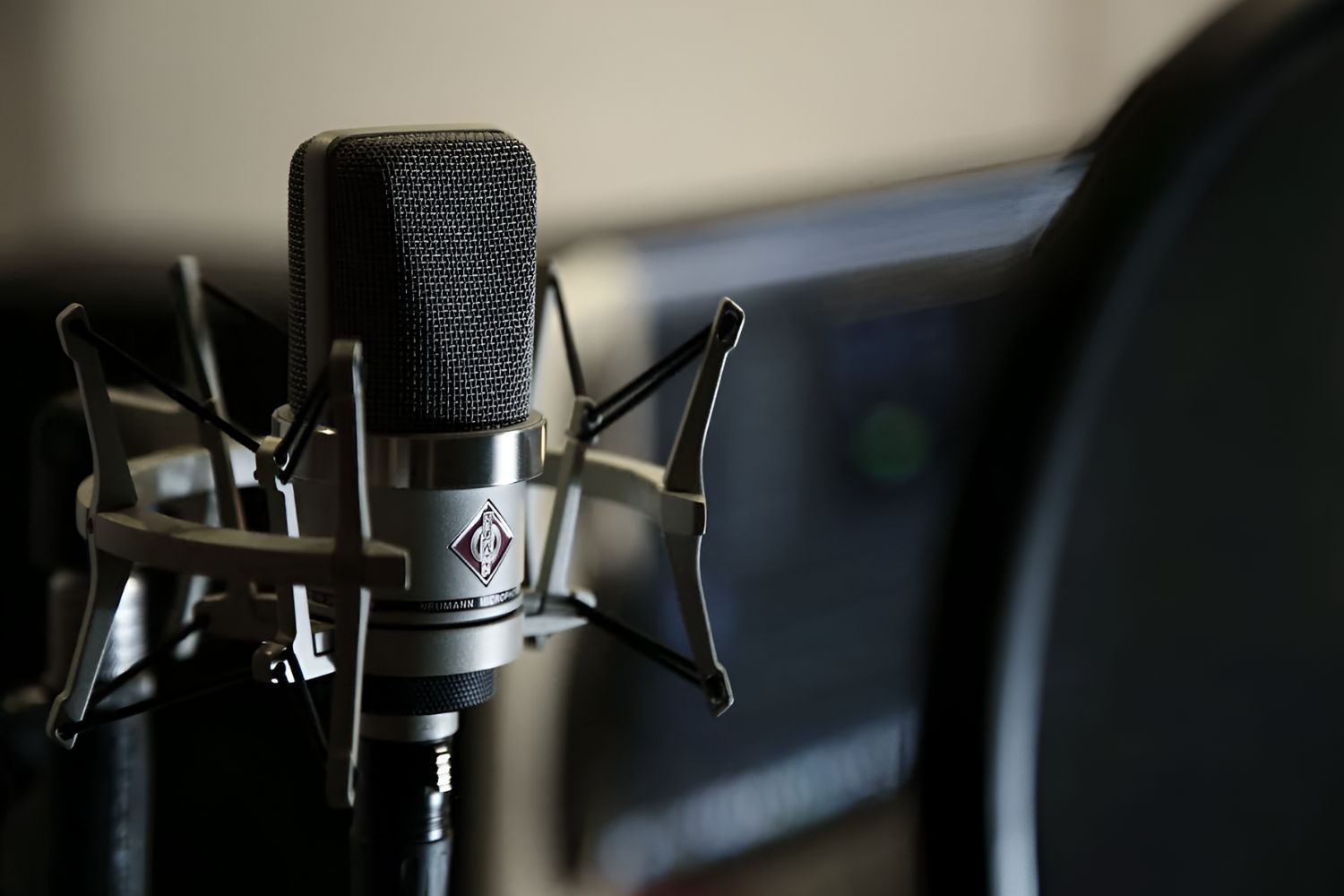Introduction
If you've ever used a condenser microphone, you may have encountered an annoying humming sound that detracts from the audio quality. This unwelcome noise can be a source of frustration, especially when you're trying to capture pristine audio recordings. Understanding the causes of this humming sound and how to address it is crucial for anyone working with condenser microphones.
Condenser microphones are renowned for their sensitivity and ability to capture detailed sound. They are widely used in professional recording studios, podcasting setups, and live sound reinforcement due to their exceptional audio quality. However, their sensitivity also makes them susceptible to picking up electrical interference, resulting in the dreaded humming sound.
In this article, we'll delve into the intricacies of condenser microphones, exploring the reasons behind the humming sound and providing practical solutions to mitigate this issue. By gaining a comprehensive understanding of the factors contributing to the humming sound in condenser microphones, you'll be better equipped to optimize your setup and achieve pristine audio recordings. Let's embark on a journey to unravel the mysteries of condenser microphone hum and discover effective strategies to combat it.
Understanding Condenser Microphones
Condenser microphones, also known as capacitor microphones, are revered for their exceptional audio fidelity and sensitivity. Unlike dynamic microphones, which use electromagnetic induction to convert sound waves into electrical signals, condenser microphones employ an electrostatic principle to achieve this conversion. This distinction results in several key characteristics that set condenser microphones apart.
One defining feature of condenser microphones is their diaphragm, which is typically made of an extremely thin material such as gold-sputtered Mylar. This diaphragm is positioned in close proximity to a charged backplate, creating a capacitor-like structure. When sound waves reach the diaphragm, its proximity to the backplate causes variations in the capacitance, resulting in the conversion of sound waves into electrical signals.
Due to their diaphragm design and electrostatic operation, condenser microphones exhibit an exceptional transient response and high sensitivity, making them ideal for capturing nuanced audio details. This sensitivity, however, also makes them susceptible to external electromagnetic interference, such as that produced by power sources, electronic devices, or radio frequency signals. As a result, condenser microphones are prone to picking up unwanted humming or buzzing sounds, detracting from the intended audio capture.
Furthermore, condenser microphones require a power source to polarize the diaphragm and backplate, typically in the form of phantom power provided by an audio interface or mixing console. This power requirement is another factor to consider when troubleshooting humming sounds in condenser microphones, as inadequate or noisy phantom power can contribute to unwanted noise in the audio signal.
Understanding the intricate workings of condenser microphones is essential for addressing issues such as humming sounds. By grasping the unique characteristics and vulnerabilities of condenser microphones, audio professionals and enthusiasts can take proactive measures to optimize their recording setups and preserve the pristine audio quality that these microphones are renowned for.
Causes of Humming Sound in Condenser Microphones
The presence of a humming sound in condenser microphones can stem from various sources, each of which can compromise the audio integrity of recordings. Understanding these potential causes is instrumental in effectively troubleshooting and addressing the issue. Here are some common factors contributing to humming sounds in condenser microphones:
- Electromagnetic Interference: Condenser microphones, with their high sensitivity, are susceptible to picking up electromagnetic interference from nearby power sources, lighting fixtures, computer monitors, and other electronic devices. This interference can manifest as a low-frequency humming sound in the audio signal, detracting from the intended sound capture.
- Ground Loops: When multiple audio devices are interconnected, ground loops can occur, leading to unwanted electrical noise, including a noticeable hum in condenser microphone recordings. Ground loops are often the result of differences in electrical potential between interconnected devices, and they can introduce unwanted noise into the audio signal path.
- Phantom Power Issues: Inadequate or noisy phantom power can contribute to humming sounds in condenser microphones. If the phantom power supply is not clean or stable, it can introduce unwanted noise into the microphone signal, resulting in an audible hum that compromises the audio quality.
- Radio Frequency Interference (RFI): Radio frequency signals from nearby transmitters, mobile phones, or other wireless devices can interfere with condenser microphone signals, leading to audible humming or buzzing sounds. The susceptibility of condenser microphones to RFI necessitates careful consideration of the recording environment to minimize potential interference.
- Environmental Factors: Environmental elements such as fluorescent lighting, air conditioning units, and other electrical fixtures can emit electromagnetic fields that may affect condenser microphones, contributing to humming sounds in recordings. Being mindful of the recording environment and its potential sources of interference is crucial for mitigating these environmental factors.
By recognizing these potential sources of humming sounds in condenser microphones, audio professionals and enthusiasts can take proactive measures to address and mitigate these issues, ultimately preserving the pristine audio quality that condenser microphones are renowned for.
Solutions to Reduce Humming Sound
Addressing the humming sound in condenser microphones requires a systematic approach that encompasses both environmental considerations and technical solutions. By implementing the following strategies, audio professionals and enthusiasts can effectively reduce or eliminate the unwanted humming sound, ensuring that their recordings maintain the desired audio fidelity:
- Isolate the Microphone: Minimize the microphone’s exposure to electromagnetic interference by positioning it away from power sources, electronic devices, and other potential sources of electromagnetic radiation. Creating distance between the microphone and these sources can significantly reduce the likelihood of picking up humming sounds.
- Use Balanced Connections: Employ balanced audio cables and connections to mitigate the impact of ground loops, which can introduce humming sounds into condenser microphone recordings. Balanced connections help cancel out induced noise, preserving the integrity of the audio signal.
- Ensure Clean Phantom Power: Verify that the phantom power supply for the condenser microphone is clean, stable, and free from electrical noise. Utilizing high-quality audio interfaces or microphone preamps with reliable phantom power capabilities can mitigate humming sounds caused by inadequate power delivery.
- Shield Cables and Equipment: Shield audio cables and equipment to minimize the impact of electromagnetic interference. Using shielded cables and placing equipment in shielded enclosures or racks can reduce the susceptibility of condenser microphones to external electromagnetic radiation, thereby diminishing humming sounds in recordings.
- Optimize the Recording Environment: Assess the recording environment for potential sources of electromagnetic interference, such as fluorescent lighting, power lines, and electronic devices. Taking steps to minimize the impact of these environmental factors can contribute to a quieter and more pristine recording environment for condenser microphones.
- Employ Noise Suppression Filters: Utilize noise suppression filters or plugins in post-production to attenuate humming sounds that may have been captured during recording. These digital tools can help mitigate residual humming noise, enhancing the overall clarity of the recorded audio.
By implementing these solutions, audio professionals and enthusiasts can proactively address humming sounds in condenser microphones, fostering an environment conducive to capturing pristine audio recordings with minimal interference. These strategies empower individuals to optimize their recording setups and preserve the exceptional audio fidelity that condenser microphones are renowned for.
Conclusion
Condenser microphones represent a pinnacle of audio capture technology, renowned for their exceptional sensitivity and fidelity. However, the susceptibility of condenser microphones to humming sounds poses a challenge for audio professionals and enthusiasts seeking pristine recordings. By delving into the intricacies of condenser microphones and understanding the potential causes of humming sounds, individuals can adopt proactive measures to mitigate this issue and optimize their recording setups.
Recognizing the diverse sources of humming sounds in condenser microphones, including electromagnetic interference, ground loops, phantom power issues, and environmental factors, empowers individuals to address these challenges systematically. From isolating the microphone and employing balanced connections to ensuring clean phantom power and optimizing the recording environment, a multifaceted approach can effectively reduce or eliminate humming sounds, preserving the intended audio fidelity.
By implementing these solutions and leveraging technical and environmental strategies, audio professionals and enthusiasts can create an environment conducive to capturing pristine audio recordings with minimal interference. The careful consideration of equipment placement, cable shielding, and post-production noise suppression filters contributes to a comprehensive approach in combating humming sounds in condenser microphones.
Ultimately, the journey to reduce humming sounds in condenser microphones is a testament to the dedication to audio excellence and the pursuit of uncompromising quality. Armed with a deep understanding of condenser microphone technology and the practical strategies to address humming sounds, individuals can elevate their audio recording endeavors, ensuring that the captivating nuances of sound are preserved with clarity and precision.







